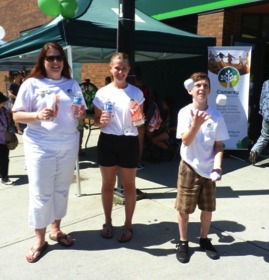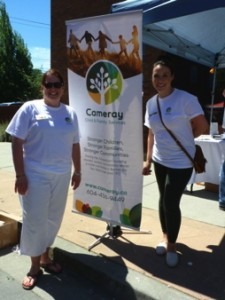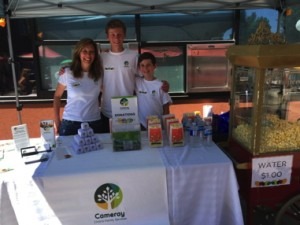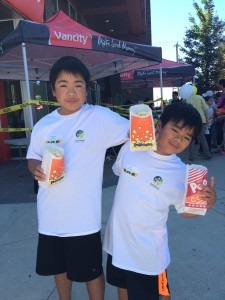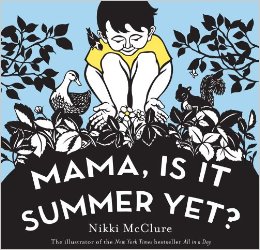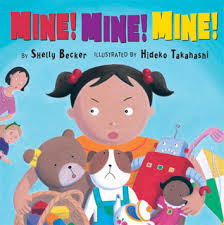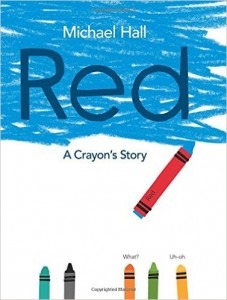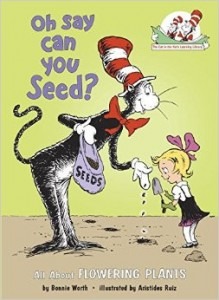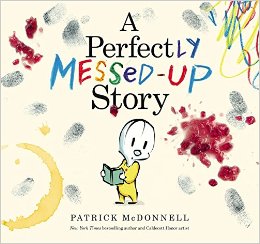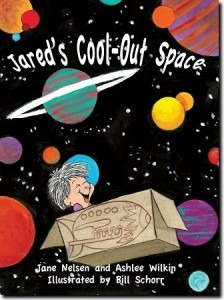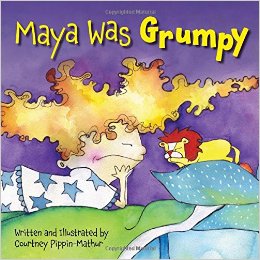Cameray and
The Burnaby Early Childhood Development Table
Book of the Month: On Meadowview Street
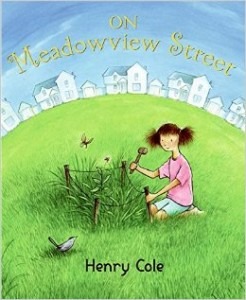 On Meadowview Street is a children’s book written by Henry Cole. This book is about a family who moves to a new suburban home on Meadowview Street, except that there are no meadows to be found. One day, daughter Caroline sees a flower pop up in the grass, so she decides to build a “wildflower reserve” around it. Soon, more flowers and insects appear and the reserve grows bigger. Caroline’s parents put their lawnmower up for sale, plant a tree, and even build a mini pond in their yard. By the end of the story, neighbours on Meadowview Street follow suit and soon enough, the whole street lives up to its name.Continue reading
On Meadowview Street is a children’s book written by Henry Cole. This book is about a family who moves to a new suburban home on Meadowview Street, except that there are no meadows to be found. One day, daughter Caroline sees a flower pop up in the grass, so she decides to build a “wildflower reserve” around it. Soon, more flowers and insects appear and the reserve grows bigger. Caroline’s parents put their lawnmower up for sale, plant a tree, and even build a mini pond in their yard. By the end of the story, neighbours on Meadowview Street follow suit and soon enough, the whole street lives up to its name.Continue reading

